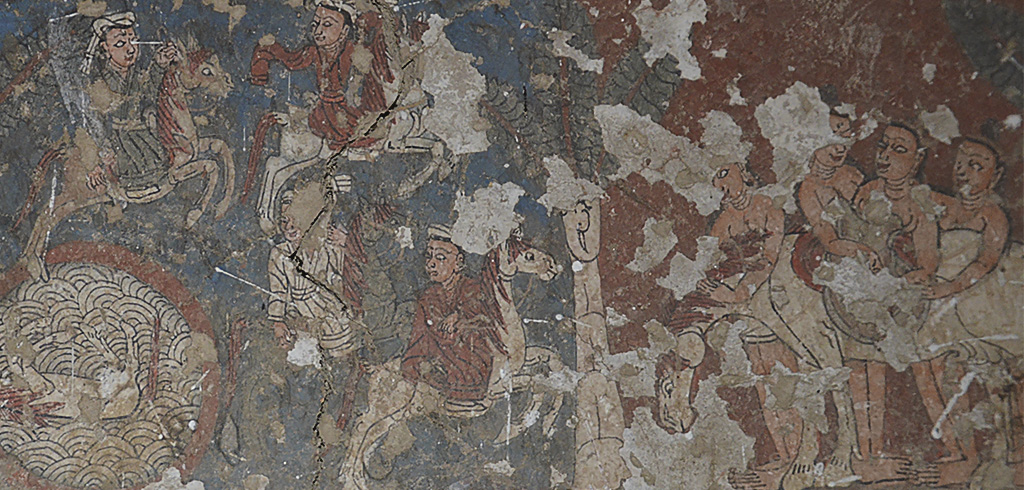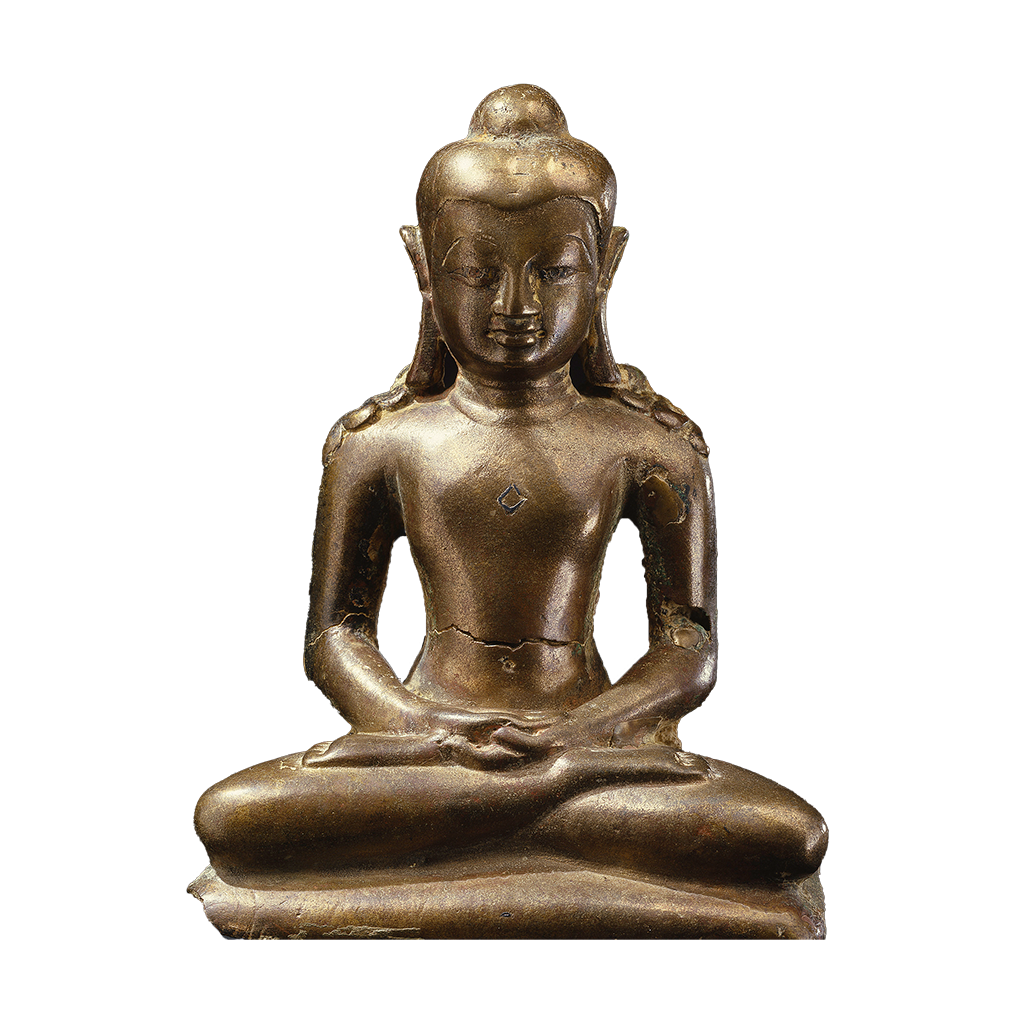
Why Kantaka? A translation of a visual metaphor from the life of the Buddha to the visual language of Western Tibet
Date: 26 september 2024, 18:00 hrs
Speaker: Dr. Gerald Kozicz
Meeting Point: Museum in Dahlem / Small lecture hall at Takustraße 40
At the beginning of the establishment of Buddhism in Tibet, Buddhist scholars were naturally faced with the task of translating the texts from Sanskrit into a completely foreign language. In the 8th century, Samye, the first monastery in Tibet, became not only a religious centre, but above all a translation workshop where Indian and Tibetan scholars worked together on the meaningful and – where possible – phonetically appropriate translation. This was repeated 200 years later during the second dissemination of the Buddha’s teachings in Tholing, western Tibet. Tibetan studies which are primarily centred on philology, have devoted a great deal of attention to this topic. But what about the visual language? Ideally, images work without words and across linguistic boundaries. This lecture is dedicated to the fact that this is not always the case. In this case study a visual metaphor was adopted but obviously didn’t work and had to be adapted. Or rather: a new metaphor was created. It is an episode in the narrative picture cycle about the life of the Buddha, preserved in the Kawaling Stupa of Nyoma in Upper Ladakh. The episode shows the drowning of Kanthaka, the Buddha‘s horse. Why Kanthaka’s seemingly tragic death was included in the narrative and what this also says about the Buddhists’ understanding of space in western Tibet will be the topic of the evening.

